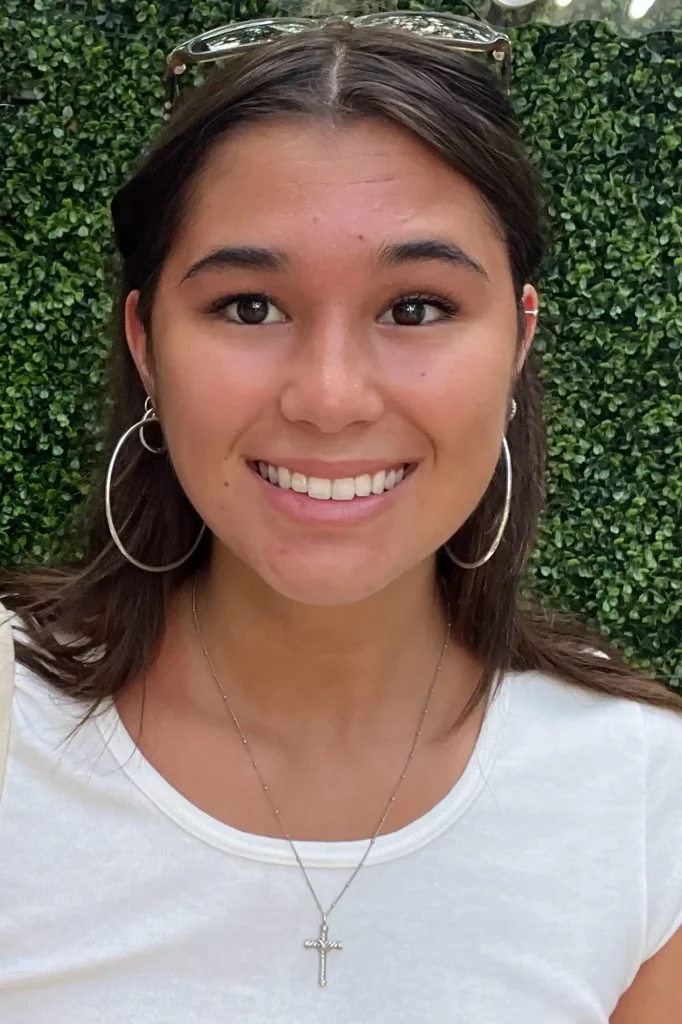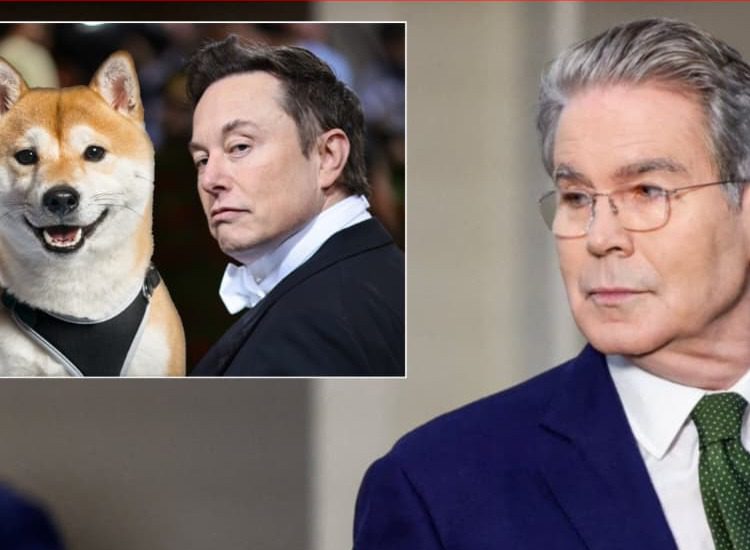Parents Sue Tesla Over Alleged Cybertruck Design Flaw After Fiery Crash Leaves Three Young Lives Lost
The devastating crash that took the lives of three young people in Piedmont, California, has sparked heartbreak, outrage, and now a lawsuit against Tesla. On November 27, 19-year-old Soren Dixon was driving a Tesla Cybertruck when it veered off the road and slammed into a tree at high speed. Inside the vehicle were his friends, 19-year-old Krysta Tsukahara and 20-year-old Jack Nelson, both of whom tragically died alongside him. A fourth passenger survived but suffered serious injuries.
What makes this tragedy even more painful for the families is the allegation that their children may not have had a chance to escape. According to court documents filed by the parents of the victims, they believe that a design flaw in the Cybertruck’s doors prevented the teens from getting out once the vehicle caught fire. In their view, the tragedy was not only about a high-speed crash but about a failure of engineering that turned survivable moments into an irreversible loss.

The lawsuit has reignited debates around Tesla’s design philosophy, which often favors futuristic minimalism and electronic systems over traditional mechanical solutions. Many Tesla models, including the Cybertruck, rely heavily on electronic door handles and locking mechanisms. In the event of a power failure or fire, critics argue, these systems may not always function as intended. Parents of the victims say their children were trapped in the blaze because they could not operate the doors to escape, a nightmare scenario no family should ever face.
For the community, the loss of Soren, Krysta, and Jack has been overwhelming. These were young people full of promise, loved by their families and friends, with futures still ahead of them. Soren, the driver, had just entered adulthood and was described as someone with big dreams and a bright personality. Krysta, only 19, was known for her kindness and positive energy, someone who lifted up those around her. Jack, at 20, was full of life and ambition, remembered for his loyalty and easygoing spirit. The thought of losing all three in such a horrific way has left classmates, neighbors, and relatives struggling to process the unthinkable.

For Tesla, this lawsuit could become a major test of its reputation for safety. While the company has long touted its cars as being among the safest on the road, accidents involving fire and entrapment have raised questions for years. This case, involving young victims and a relatively new model like the Cybertruck, only heightens scrutiny. Tesla has not yet publicly commented on the lawsuit, but the pressure is mounting as grieving families demand answers.
At the heart of the case is a simple yet powerful question: could these lives have been saved if the vehicle had been designed differently? For parents who sent their kids out that day, expecting them to come home, the possibility that a design flaw robbed them of that chance is unbearable. Their grief has now turned into a fight for accountability, not only for their children but to prevent future tragedies.
The road ahead will be long for the families involved. Lawsuits take time, and no outcome can ever bring back the lives that were lost. But their hope is that by bringing attention to the flaws they believe exist in Tesla’s vehicles, they can spark changes that might save others down the road. It’s a mission born of heartbreak, but also of love—a determination to make sure their children’s deaths were not in vain.
The crash in Piedmont is more than just a headline; it is a story of youth lost too soon, of parents forced to bury their children, and of a community mourning together. It is also a stark reminder that innovation, while exciting, must always keep human safety at its core. For now, three families are left with memories and the painful knowledge that their children should have had so much more time. And as they seek justice, their voices will carry the weight of a truth no technology can erase: behind every statistic are real lives, real futures, and real love that was left behind.



